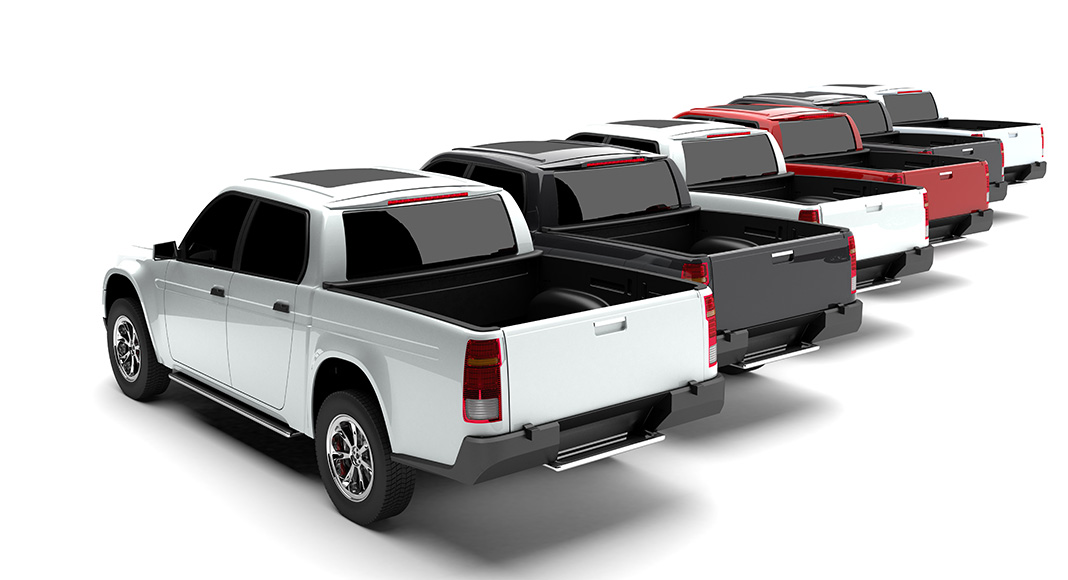Most small pickups fall short when it comes to protecting passengers seated in the rear, the latest crash test ratings from the Insurance Institute for Highway Safety (IIHS) has shown.
In the crash test, the rear passenger dummy’s head came dangerously close to the front seatback, and in many cases, dummy measurements indicated a risk of neck or chest injuries.
âAll these things tell us that the rear seat belts need improvement,â said IIHS President David Harkey.
None of the five small crew cab pickups the safety organization tested earned a good rating. The Nissan Frontier was rated acceptable. The Ford Ranger earns a marginal rating, and the Chevrolet Colorado, Jeep Gladiator and Toyota Tacoma were all rated poor. The ratings only apply to the crew cab versions.
IIHS launched the updated moderate overlap front test last year to encourage manufacturers to improve rear-seat protection.
Latest research has shown that in newer vehicles the risk of a fatal injury is now higher for belted occupants in the rear than for those in front.
The IIHS pointed out this is not because the rear seat has become less safe, the front seat has become safer because of improved airbags and advanced seat belts that are rarely available in back.
However even with these developments, the organization said the back seat remains the safest place for young children, who can be injured by an inflating front airbag.
The updated test adds a dummy in the back seat behind the driver. For a vehicle to earn a good rating, there canât be an excessive risk of injury to the head, neck, chest or thigh, as recorded by the second-row dummy, and the dummy should remain correctly positioned during the crash without sliding forward beneath the lap belt.



















